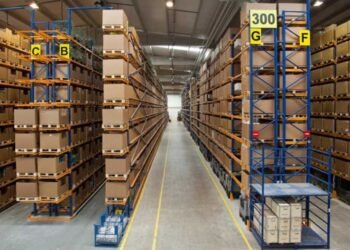3D printing, often referred to as additive manufacturing, involves the creation of three-dimensional objects using a digital model. This technology is revolutionising the architecture industry and has the potential to change how we design and create buildings.
Here, we explore the benefits of 3D printing in architecture and how it could change the future of construction.
Advancing prototypes
Creating physical models of projects by hand is typically a time-consuming and tricky task for architects. But it’s essential to give clients an accurate representation of what the building will be like once built.
3D printing has the potential to make concept model creation quicker and easier than ever before. Architects can design and engineer building models using CAD software, then quickly see their model come to life using a 3D printer.
This technique can help make concept models more accurate – reducing the likelihood of human error. Plus, if any issues are found with the design, they can be easily rectified using CAD and a new 3D concept can be created. It’s a fast, efficient and effective way to bring architectural concepts to life.
Enabling quick construction
Some construction companies are now making use of 3D printing to create entire buildings. 3D printed structures require less human input than regular construction methods and can be built extremely quickly using sustainable materials.
According to Built In, “industrial sized 3D printers have made it possible to print an entire house in less than 24 hours”.
This involves building “entire multi-unit housing developments one tiny layer at a time” using ingredients like cement, sand, special polymers, soil, clay and wood flour.
Reducing waste materials
Another benefit of using 3D printing in architecture is the reduction of waste materials. According to the BBC, “construction creates an estimated third of the world’s overall waste, and at least 40% of the world’s carbon dioxide emissions”.
While traditional construction methods create large amounts of waste material, 3D printers are more environmentally friendly. They use the exact amount of material needed to make each structure, which creates almost no waste.
They can also use eco-friendly printing filaments, such as polylactic acid – which is a recyclable bioplastic, and PETG – a recyclable thermoplastic.
Lowering costs
3D printing has the potential to cut project costs for architects and builders. As less human input is required during the construction process, there are fewer staff costs to cover.
Plus, having tighter control over building materials means less money spent on items that aren’t required – helping to cut the cost of supplies.
There are many ways in which 3D printing can benefit the architectural industry, including creating advanced concept models, enabling quick construction of buildings, and reducing waste materials. It will be interesting to see how this technology continues to shape construction in the future.












